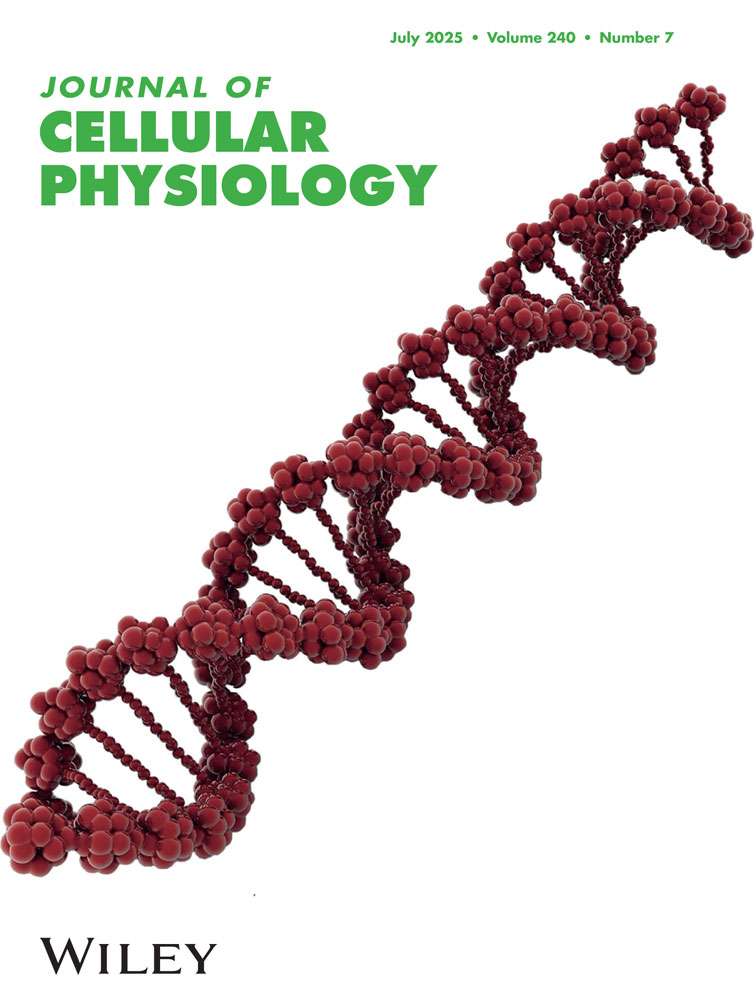Physiological quiescence in plasma-derived serum: Influence of platelet-derived growth factor on cell growth in culture
Abstract
A platelet-derived growth factor can be shown to be the principal stimulant of DNA synthesis in whole blood serum for those cells that require serum for maintenance and growth in culture. Cell free plasma-derived serum lacks such platelet-derived material. 3T3 cells and primate arterial smooth muscle cells can be maintained in a quiescent state in culture for as long as six weeks in plasma-derived serum. Such cells can grow logarithmically after exposure to 5% whole blood serum or as little as 100 ng/ml of partially purified platelet factor. The cell cycle of smooth muscle cells has been studied in the quiescent (5% plasma-derived serum) and growing state (5% whole blood serum or 5% plasma-derived serum plus platelet factor). The generation time of smooth muscle cells is 16 to 18 hours as shown by autoradiographic frequency of labelled mitoses. The generation time is the same for cells in the growth fraction in either 5% whole blood serum or 5% plasma-derived serum. Thus, platelet factor acts by recruiting cells into the growth fraction rather than effecting a change in the duration of the cell cycle. Flow microfluorimetry studies on cells growing logarithmically in 5% whole blood serum give the following phase durations:
G1 = 5.6 hours; S = 7.6 hours; and G2 + M = 3.8 hours.
Based on these studies the argument is presented that cells cultured in 5% plasma-derived serum provide a more physiological base for the study of quiescence than do cells in low concentrations of whole blood serum or confluent, density inhibited cells at high (5% or greater) concentrations of whole blood serum. Furthermore, 5% plasma-derived serum represents an appropriate state to examine the perturbation of quiescent cells.




